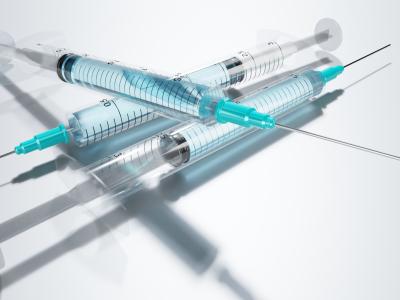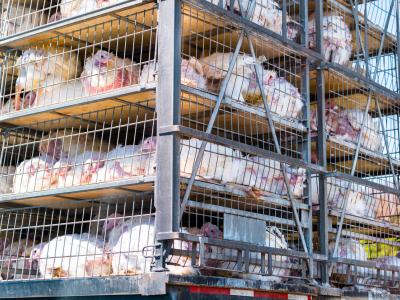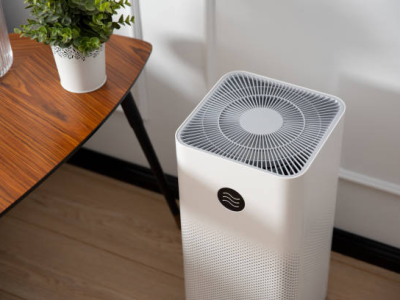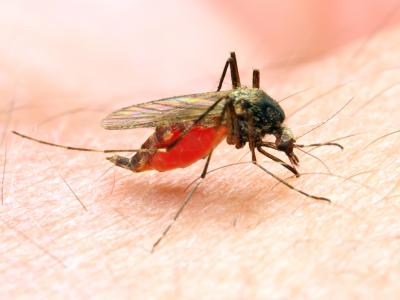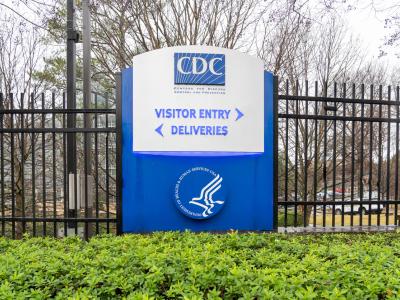Sotrovimab linked to treatment-resistant SARS-CoV-2 Omicron mutations
More than half of high-risk SARS-CoV-2 Omicron inpatients or outpatients given the monoclonal antibody sotrovimab rapidly developed viral spike-protein mutations linked to treatment resistance, according to a study from the Netherlands published yesterday in JAMA.
Researchers at the Amsterdam University Medical Centers assessed COVID-19 Omicron samples from 18 patients with impaired immune systems in January and February 2022. Participants were treated with one 500-milligram infusion of sotrovimab 1 to 23 days after diagnosis and tested for viral mutations via nasal-throat swabs on the day of treatment and 7 and 28 days later. Swabs from 14 patients were also tested 4 days before the infusion and up to 52 days after.
The average patient age was 60.9 years, and 83% had compromised immune systems due to underlying medical conditions or use of an immune-suppressing drug. According to genomic analysis, 17 patients were infected with the Omicron BA.1 subvariant, while 1 had BA.2.
Ten patients (56%) developed a total of nine receptor-binding domain mutations at two spike-protein positions 3 to 31 days after sotrovimab receipt, while no such mutations were seen in Omicron samples from the general population. Participants with mutations took a significantly longer time to clear the virus than those without mutations (average, 32.0 vs 19.6 days; hazard ratio, 0.11).
The authors noted that sotrovimab is one of the few monoclonal antibody treatments that still has neutralizing activity against Omicron BA.1 and can be used to treat COVID-19 patients at high risk for prolonged infection.
Spike-protein mutations at the positions found in this study have been tied to a 27- to 279-fold decrease in susceptibility to sotrovimab, the researchers said. "Further studies investigating combination monoclonal antibody therapy and continuous genomic surveillance in immunocompromised patients are warranted to address the expanding antigenic diversity and subsequent emergence of resistance during COVID-19 treatment," they wrote.
Aug 1 JAMA research letter
US BA.5 Omicron subvariant dominance increases
The proportion of the more transmissible BA.5 Omicron subvariant continued to increase in the United States last week, rising to 85.5% of sequenced samples, up from 81.6% the week before, according to the latest update from the Centers for Disease Control and Prevention (CDC).
Meanwhile, the proportion of the BA.4 subvariant made up 7.7% of samples, down from 9.6% the previous week.
In addition, the number of COVID-19 cases in children increased last week for the third week in a row, according to a regular update from the American Academy of Pediatrics (AAP). More than 95,000 cases were reported. The rise in cases comes ahead of the start of the new school year in some parts of the country.
CDC variant proportion update
Aug 1 AAP update



